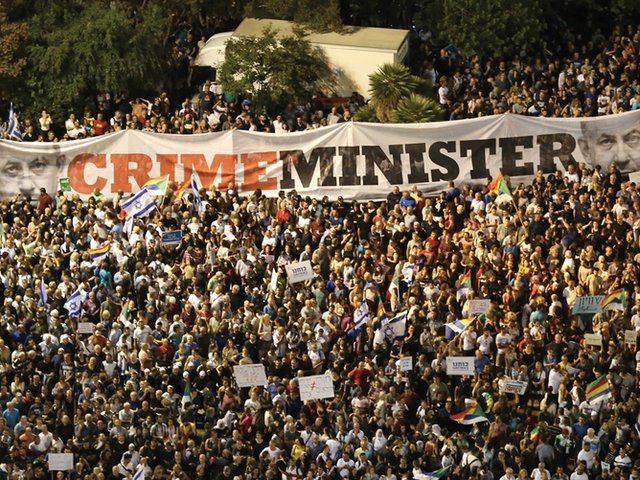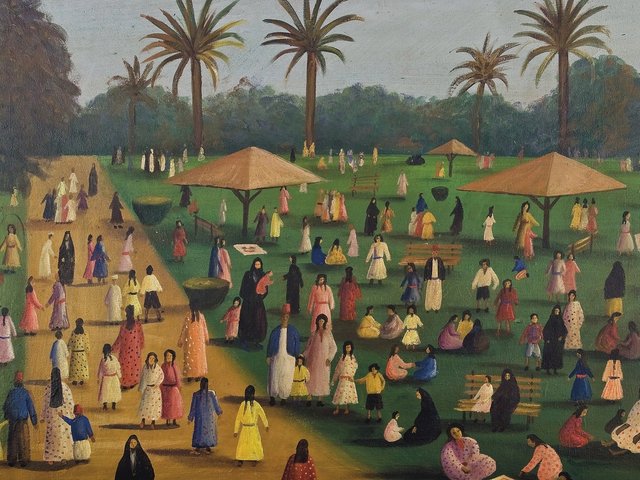Israeli artists, academics and activists are launching a performance and exhibition space in Jerusalem to celebrate Iranian culture. The opening, originally due to be on International Peace Day, 21 September, was pushed back to 21 October as more artists joined the project.
Israel and Iran have not had diplomatic or business ties since the Islamic Revolution in 1979. But 36 years after Iran closed its official embassy in Israel, the organisers behind the Hamabul Art Collective are calling their space a makeshift “Iranian Embassy in Jerusalem”. Its volunteer staff of “ambassadors”, directors and curators hope to show that the country’s arts community respects Iran’s cultural history beyond politics.
“[We] are using creativity and art as a tool to connect people, to make social change,” says one of the organisers, Pinkas Matan, an Israeli artist, writer and director. Matan, who is of Iraqi heritage, recently discovered family roots in Tehran.
The “embassy” is due to open with an exhibition of around two dozen Israeli and international artists, some with Iranian roots, the organisers say. There will also be Persian music, a traditional Persian ceremony, and other performances. Later, the space is due to host Iranian films, meetings and other cultural activities and discussions. “We want to go back to how it used to be [before 1979], enjoying a shared culture and friendship,” Matan says.
The inaugural show will include films of Skype calls with artists who are banned from visiting Israel, says the co-curator Shlomit Ganyan Yaacov, an Israeli artist whose parents were born in Iran. “The Embassy we created… is a plastic and performance piece by itself,” Yaacov says. “As artists working in Israel we are well aware that everything in our art is political, even putting a work with no political statement in an exhibition about Iran in Israel is political. We are trying to give a new upbeat view of our own on Iranian culture and people, [clear] of mass media and government interests.”
Co-curator Gil Goldsmith, however, said that a number of Iranian artists responded positively to invitations to take part in the exhibition but hesitated because of security concerns. Other Iranians who are slated to participate in the show are underground artists who use “stage names.”
Israeli reactions to the embassy are about “50-50” Goldsmith says. “It is a very fragile situation and there are, as you can imagine, people who are less happy about the idea and might [protest]. We stay with fingers crossed for now. We have got some responses from [Israelis] such as ‘What will be next—an Isil exhibition?’ and such, but we are happy to get any reaction, because it uncovers the real view. Some Israeli organisations said that they would participate only if we won’t refer to the ‘Islamic Republic of Iran’, but to the old prerevolution Iran. We are not referring to this or that, but to Iran as a treasure of culture and great people.”
Other Israeli artists have recently shown support for colleagues and peers their government considers enemies. In 2013, 75 artists joined a solidarity exhibition in the Israeli art magazine Erev Rav to protest the denial of due process to Palestinian political prisoners, after the detention of a Palestinian artist. In 2012, the Israeli graphic designer Ronny Edry created the “Israel loves Iran” campaign that went viral in both countries.



